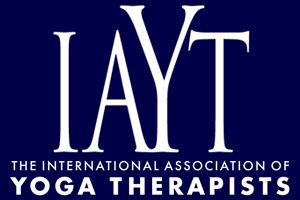Yoga for Heart Failure Patients: A Feasibility Pilot Study with a Multiethnic Population
Background: Congestive heart failure (CHF) is highly prevalent and the most costly cardiovascular illness in the United States. Yoga is known to be effective in lowering stress, lessening depression, and increasing physical fitness and may be used as an adjuvant management program for CHF patients. Primary Study Objective:To determine the feasibility of a yoga intervention program among a multiethnic CHF population living in underserved neighborhoods. Methods: Uncontrolled intervention trial. Setting: Kaiser Permanente Medical Centers,Richmond and Oakland, California. Participants: 14 CHF patients (7 female), mean age 64 (SD = 6.4) years, and 62% African-American. Intervention: Eight-week, 2x/week, 1-hr yoga classes that included meditation, breathing exercises, gentle yoga poses, and relaxation. Primary outcome measures: The intervention feasibility was measured by recruitment rates, participant retention and adherence. Body weight and self-reported depression and quality of life were measured before and after the intervention. Results: Among the 14 patients enrolled, 13 completed the intervention. Of those who completed the trial, 92% attended at least 50% of the classes. There was a significant reduction in weight (-3.5 lb, p = 0.01) and improvement in the severity of depression (p < 0.05), as well as a trend toward increased quality of life (p = 08). No adverse events were observed. Conclusions: This pilot trial demonstrates that it is feasible for patients with CHF to incorporate yoga into their lifestyle. Yoga may help with routine disease management, prevention of fluid retention, and improvement of depression and quality of life. A larger trial is needed to confirm efficacy and to determine the long-term effects on other important outcomes, such as hospital re-admission rates or prognostic biomarkers.
